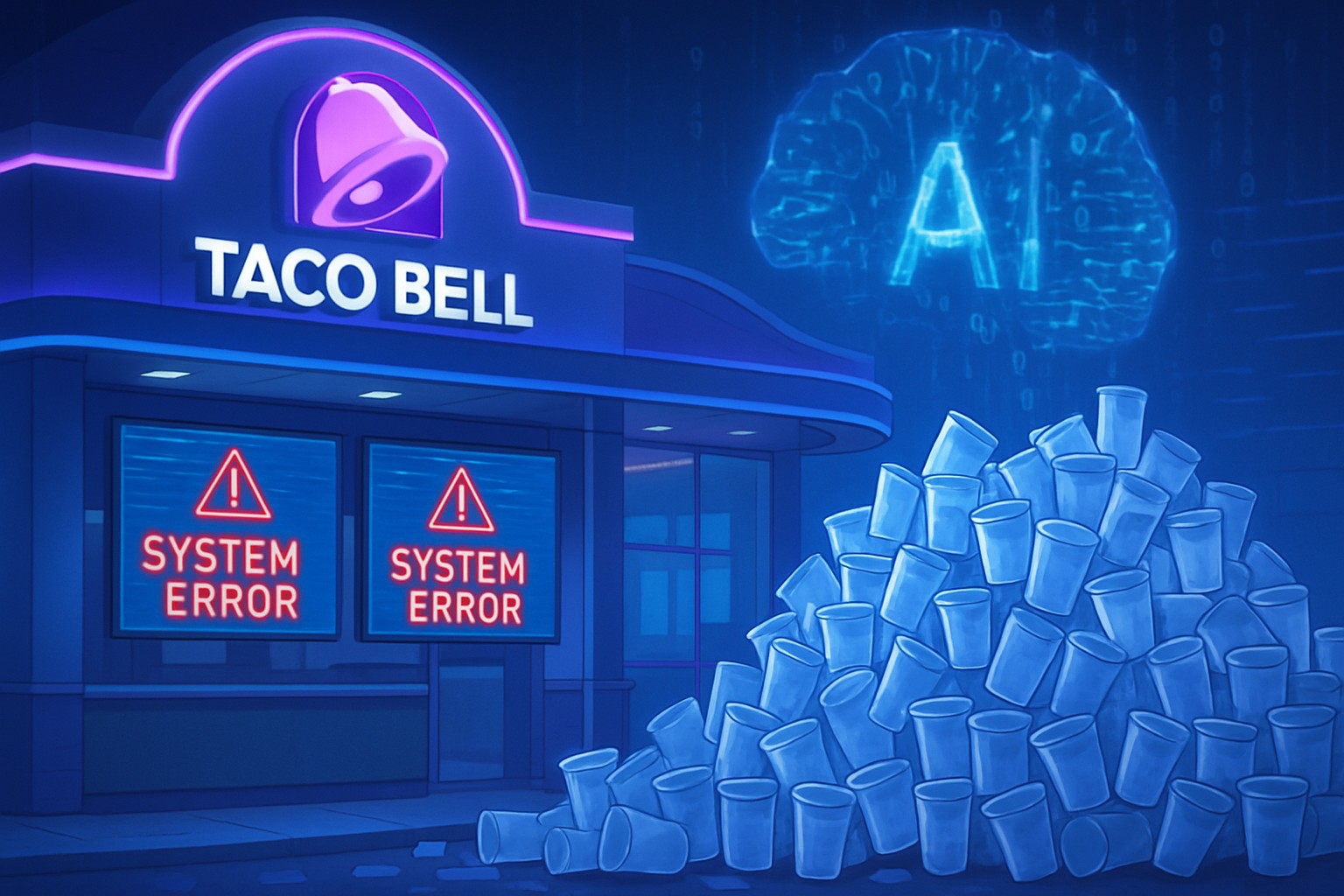*High-performance computing* requires unmatched efficiency and innovative solutions, making the emergence of revolutionary *programming languages* necessary. At the heart of this transformation lies a new language that guarantees optimal performance with significantly fewer lines of code. *Less complexity*, *more power*: this slogan perfectly summarizes the essence of this technological advancement. The promise of simplification in software development attracts professionals eager to optimize their processes and gain agility. A future where programming becomes more accessible awaits those who seek to stand out in the face of the growing challenges in the industry.
A Revolutionary Programming Language
Julia represents a true turning point in the field of programming languages dedicated to high-performance computing. Developed at MIT since 2009, this language optimizes performance while significantly reducing the amount of code required to perform complex tasks. The initial public release was launched in 2012, and the language is now in the stabilization phase.
An Asset for Scientific Computing
Optimized for scientific computing, Julia stands out for its ability to execute algorithms extremely quickly and efficiently. This language allows researchers and data scientists to process large quantities of data without sacrificing performance. In fact, Julia addresses the limitations encountered with languages like Python and MATLAB, which often involve trade-offs in speed or clarity.
Diverse Applications of Julia
Julia finds its utility in various fields, including machine learning and data exploration. Many practitioners adopt it for its clear syntax and unprecedented performance. With its advanced libraries, Julia allows for the completion of complex tasks while reducing the number of lines of code.
The Advantages of Julia
Among the notable benefits of Julia, speed of execution ranks first. This language combines the ease of use of a high-level language with the speed of a compiled language, such as C. Developers can write understandable and elegant code while achieving impressive performance levels.
The absence of locks in concurrency management also allows for asynchronous behavior, which is essential for high-performance computing applications. This unique property makes Julia a preferred choice for developing applications requiring high concurrency.
The Future of Julia
Julia continues to benefit from a rapidly expanding ecosystem, attracting an increasing number of developers worldwide. Frequent updates bring new features and improve performance, ensuring the language’s sustainability. Moreover, community contributions continuously enrich the available tools and libraries, making Julia even more attractive.
The new updates advocate for advances in artificial intelligence and machine learning, areas where Julia already excels. Experts believe that Julia will significantly influence “data science” in the coming years, facilitating access to efficient solutions for complex problems.
Frequently Asked Questions about the Revolutionary Programming Language
What is a programming language for high-performance computing?
A programming language for high-performance computing is specifically designed to execute complex mathematical operations quickly and efficiently, often used in fields like scientific simulation and machine learning.
What are the main advantages of using this new language?
The main advantages include execution speed, ease of writing with fewer lines of code, an intuitive syntax, and better resource management, allowing for processing larger datasets without sacrificing performance.
Why does it require fewer lines of code than other languages?
This language was designed to be more expressive, enabling developers to achieve complex functionalities with simpler and more integrated commands, thereby reducing the need for extensive code writing.
Can it be used for real-time applications?
Yes, this language is suitable for real-time applications, thanks to its speed and ability to handle concurrent tasks without slowing down performance.
Which industries can benefit from this language?
Industries such as finance, biotechnology, aerospace, and artificial intelligence can all benefit, due to the high performance and data analysis requirements.
Is there an active community around this language?
Yes, there is a dynamic community of users and developers, providing resources such as forums, code libraries, and training to help new users get up to speed quickly.
What are the main alternatives to this language?
The main alternatives include Python, R, and MATLAB. However, this new language often offers more optimized solutions in terms of performance and simplicity for specific tasks.
Is this language compatible with existing libraries?
Yes, it is designed to easily integrate with many traditional scientific computing libraries, allowing users to leverage their existing tools while taking advantage of new features.
What types of projects are ideal for this programming language?
It is ideal for projects requiring heavy mathematical computations, simulations, statistical analyses, or applications needing quick manipulation of large data quantities.
How can I start learning this language?
You can start by checking the official documentation, joining online tutorials, or participating in workshops and specialized courses available in the community.






